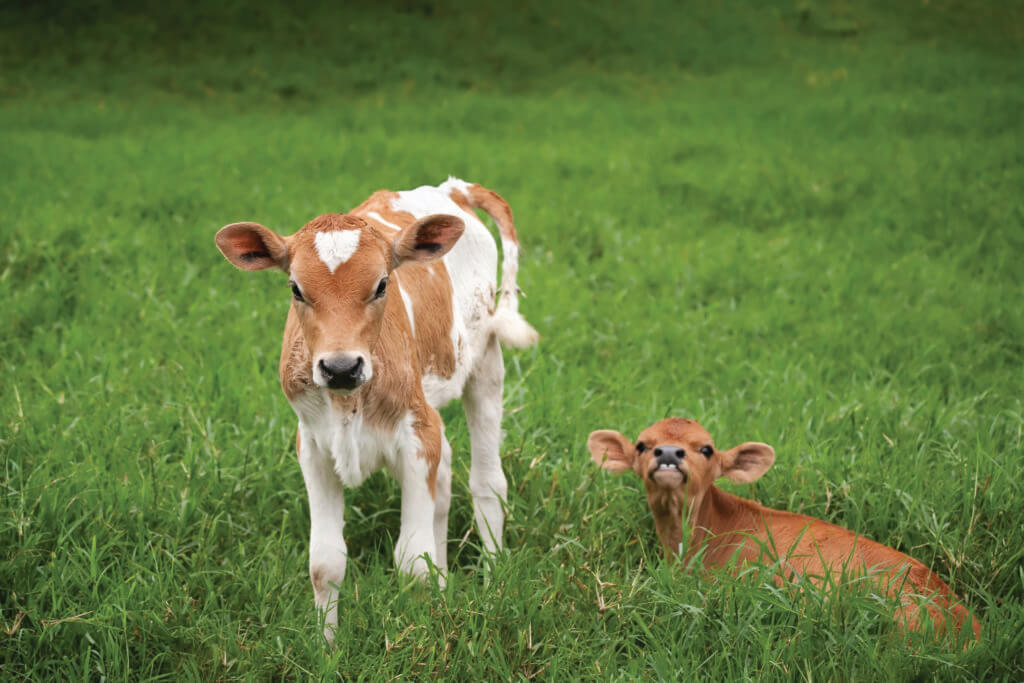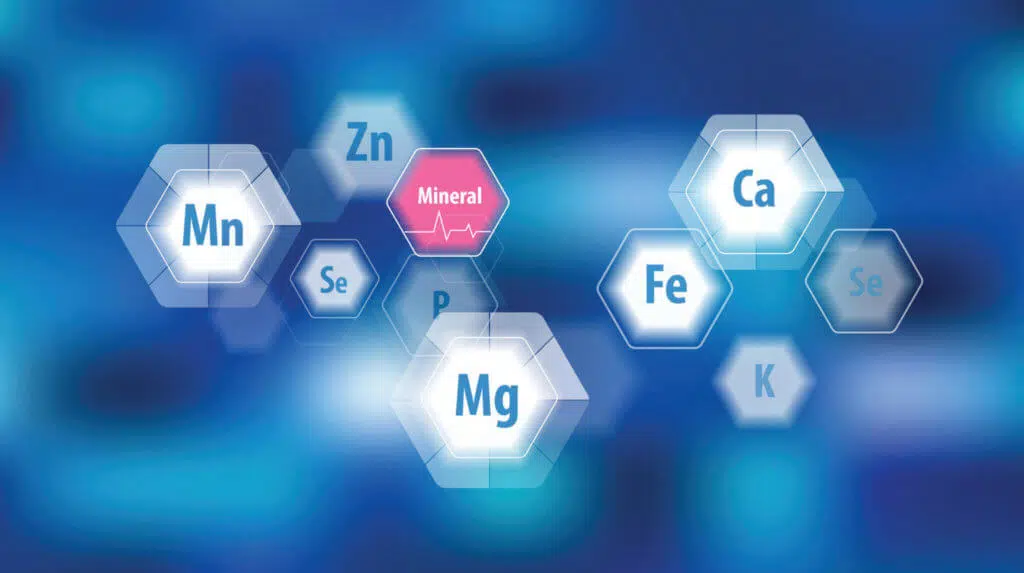Precision nutrition may be a term we are familiar with, but is it something we practise every day in managing our herds? Is there even a place for precision nutrition in times when feed prices are high? I think this is precisely the time we should be looking at precision nutrition and questioning what is working on-farm and how it could be further improved in terms of dry cow nutrition.
What is precision dry cow nutrition?
Precision dry cow nutrition is about finding the optimal point in the production process where maximum benefits can be achieved from making strategic changes. The whole dry period holds the potential for improvement that will affect not only the next lactation, but also the future of the herd. Mineral supplementation of steam-up cows is a fairly standard practice; however, supplementation of the far-off dry cow is often haphazard and poorly executed. There is a general feeling that far-off dry cows are not under pressure and don’t really require mineral supplementation, but this is only partly true.
If we look at the system from an embryonic perspective, the last trimester of pregnancy is where the hard work really starts. Most of the foetal development occurs during this time, and large amounts of nutrients, especially trace
minerals, are used by the cow. Some might see the steam-up period as a last-ditch effort to improve cow and calf status before birth, but we should really be looking much further ahead so that we get the most out of the transition period.
While we may see healthy cows and calves post-calving, we really need to change our perspective and see the missed opportunity here. We can achieve better efficiencies in cow and calf by taking advantage of the ‘blank space’ in
the dry period.

Science-based
In a study by Marques et al. (2016), the effects of trace mineral supplementation (and lack thereof) were evaluated in pregnant cows in their last trimester. The groups of cows that received any form of trace minerals had improved cow and calf mineral status postcalving over cows that received no mineral supplementation. Improved mineral status is
associated with improved immunity and better health. At birth, a calf has almost double the mineral levels of her dam, and these minerals are mostly used to build the calf’s active immune system. Within a few weeks after calving, these mineral levels drop back down to levels similar to those of the dam.
Along with improved immunity, improved immunoglobulin G content was seen in colostrum from cows that received mineral supplementation. Improved mineral status and the successful transfer of passive immunity both ensure healthy and resilient calves, as shown by a significantly improved weaning weight in calves from dams supplemented with minerals. The effect was more than double in those that received a complexed form of trace minerals.
A world of opportunities
Opportunity clearly exists in ensuring adequate trace mineral supplementation during the whole dry cow period. But the question is, which trace mineral(s) are likely to be most beneficial? (Read more about improving lifetime performance in calves in the August 2020 issue of The Dairy Mail.) Precision nutrition is key and if you don’t have basic supplementation covered in your dry cows, you need to start there in order to build your way up to better efficiencies. The basic key trace minerals of importance are zinc, manganese, selenium, copper, chromium, and cobalt. By using these minerals strategically, we can unlock a world of new opportunities and efficiencies.
Zinc
Zinc is unique in that it is required throughout the body in various processes and is essential for epithelial integrity – think mammary gland and hooves. While the focus of the dry period is to recover from lactation, supplementing with a functional source of zinc can ramp up its effects. This is the ideal time to focus on getting inflammation under control and resolving any inflammatory problems.
Manganese
Manganese is often overlooked, even though it is one of the least available trace minerals and therefore requires attention. Manganese plays an integral role in the formation of cholesterol and is essential in producing important steroids such as oestrogen and progesterone.
Selenium
Selenium, often the teacher’s pet, is probably the most focused-on mineral on a dairy farm. It plays an integral part in dealing with antioxidant stress and is required for immune activation, but should not be viewed as the only mineral of importance. Selenium works together with vitamin E, and over-supplementation of the one, along with a shortfall in the other, results in an excess that cannot be used. Precision nutrition also indicates the value of using a complexed form of selenium, as the foetus will directly benefit from organic selenium that is preferentially stored in the muscle and foetus.
Chromium
Lastly, the development that shows the most promise is the use of chromium, considered a key stress mineral. Supplementation of chromium during the transition period increases insulin sensitivity in the cow and she is then able to increase glucose uptake, unlocking more energy in the system. At calving, improved energy balance aids in smoothing the transition by making more energy available to start lactation, especially where intake is a limiting
factor.
Conclusion
All the minerals discussed here can be used strategically to take advantage of the opportunities locked up in the dry period. It takes a precision nutrition approach to look at age-old practices differently and to strive to improve efficiencies by cleverly using ordinary means at our disposal.
Download the full article in PDF format here, as published in the June 2021 issue of The Dairy Mail.
Technical adviser: Ruminants










